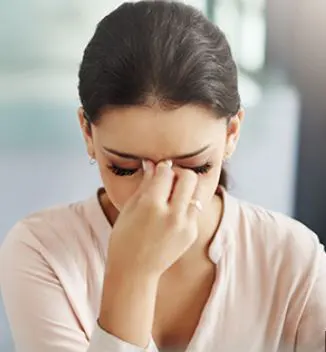Headaches are extremely common. In fact, the World Health Organization (WHO)Trusted Source estimates that nearly half of adults the world over will have a headache at some point this year.
Headaches usually go away without causing further problems. Even many chronic headaches, such as migraines and cluster headaches, aren’t considered signs of more severe, underlying problems. They may need to be treated to improve your life, but they won’t put your life at risk
The tension-type headache is the most common primary headache. It’s usually bilateral, which means that it affects both sides of the head. It’s commonly described as a squeezing sensation.
Tension-type headaches can be stress- or musculoskeletal-related. They can be treated with over-the-counter (OTC) pain medications such as ibuprofen (Advil, Motrin) and aspirin (Bayer). These are common symptoms of migraine headaches. Migraines cause a throbbing sensation that usually occurs on just one side of the head.
They’re one of the top 10 causes of disability worldwide. They aren’t life-threatening, but they can severely impact your well-being.
If you’re experiencing migraines, it’s important for you to find out if there’s a cause. Migraines are most common in people 30 to 40 years old, according to The Migraine Trust. According to the Office on Women’s Health, around 75 percentTrusted Source of people affected by migraines are women.
Being woken by head pain is a common symptom of cluster headaches. These are also known as alarm clock headaches. Like migraines, cluster headaches occur most often on just one side of the head.
Cluster headaches happen in patterns called cluster periods, during which time the pain can be quite intense and prevent you from sleeping. Sometimes cluster headache pain is centered around one or both of the eyes.
Cluster headaches are generally not life-threatening. However, they can be debilitating, so you’ll want to find out the underlying cause.
Headaches that wake you from your sleep can also be caused by medical conditions such as high blood pressure, sleep apnea, and brain tumors. Depression and caffeine withdrawal can also cause cluster headaches.
Cluster headaches are most likely to affect people between 20 to 50 years old and men, according to the Mayo Clinic.










